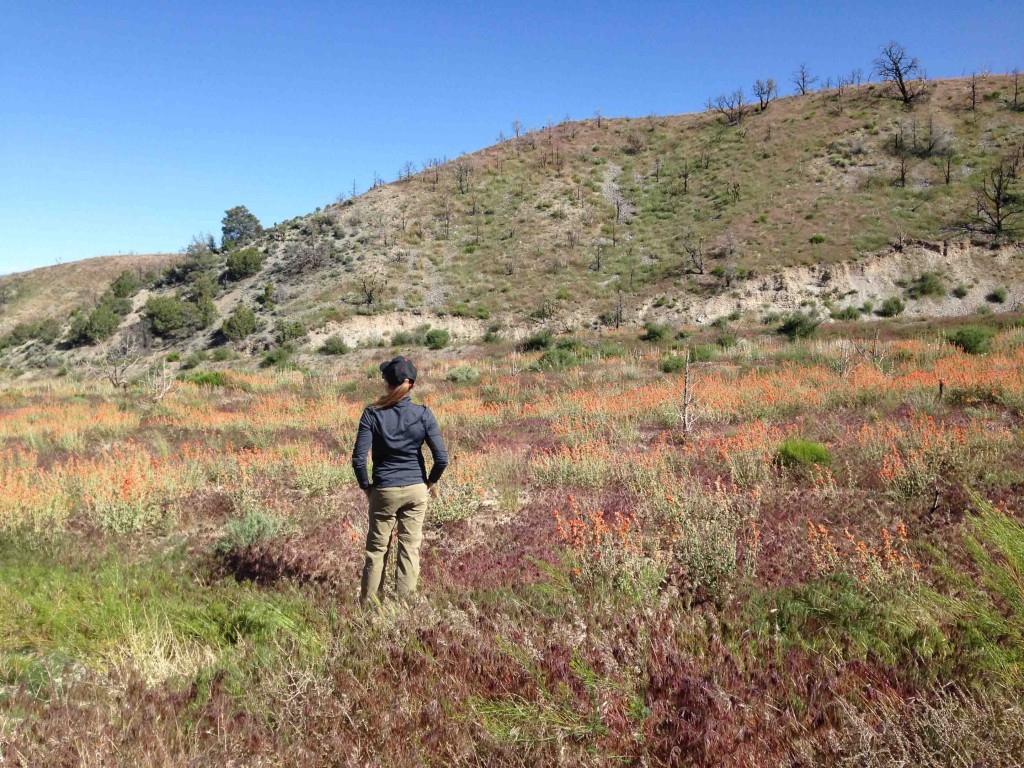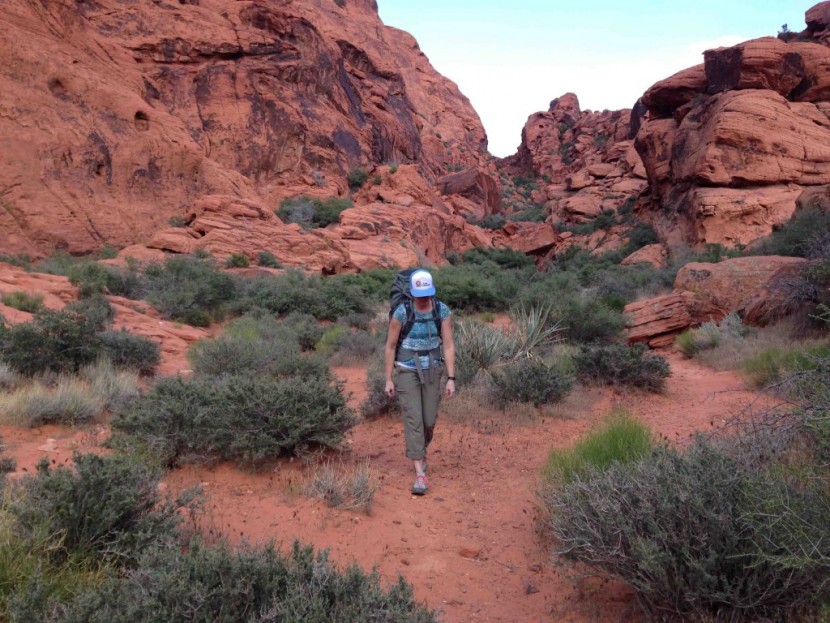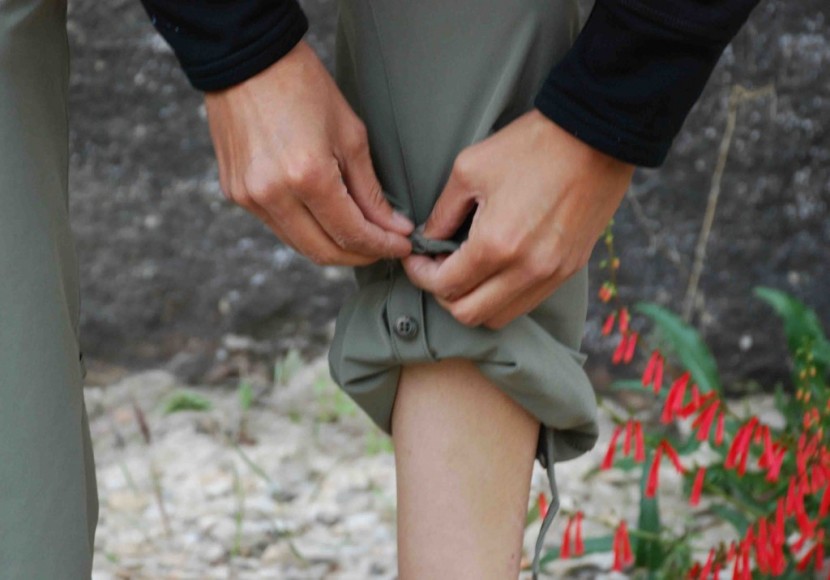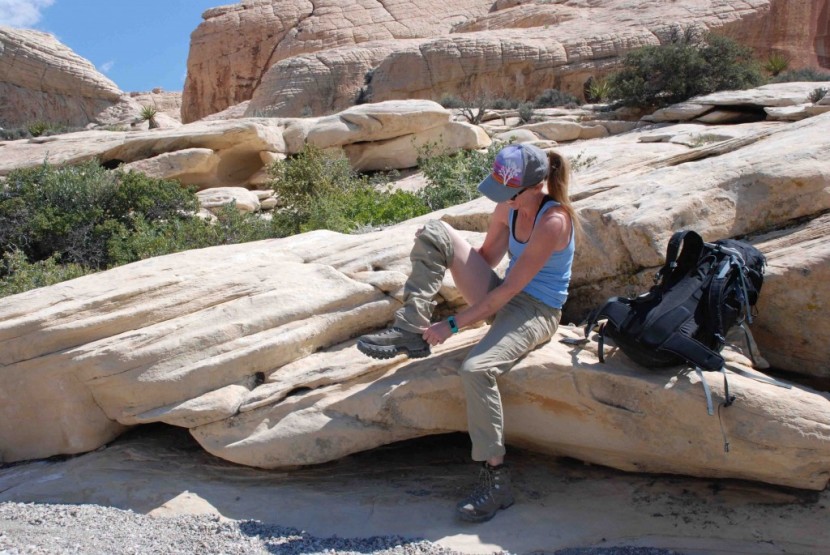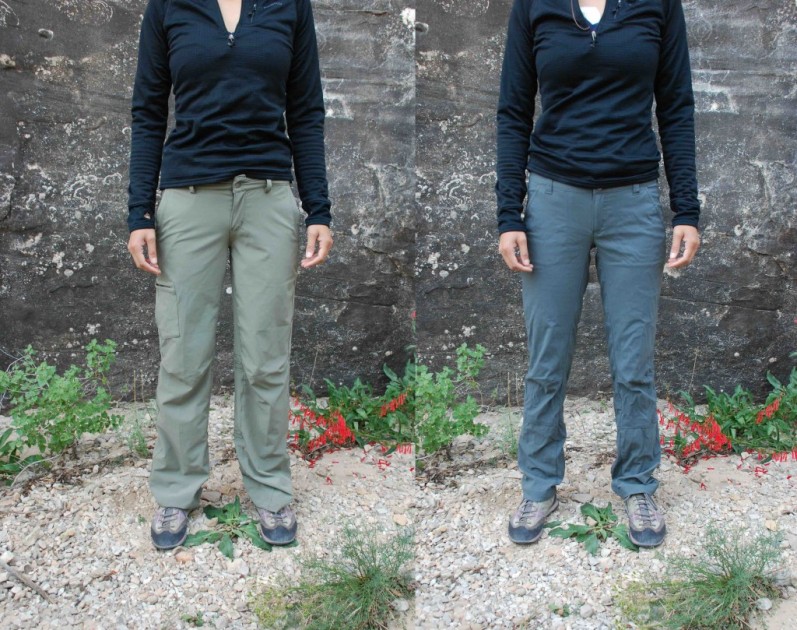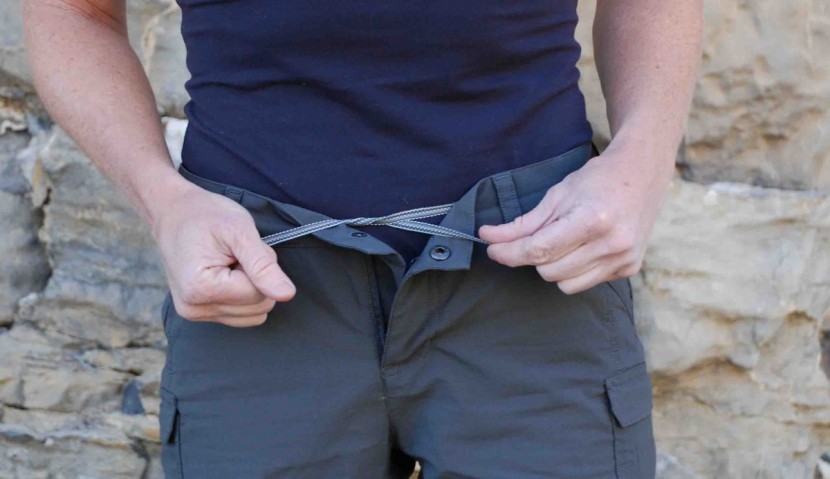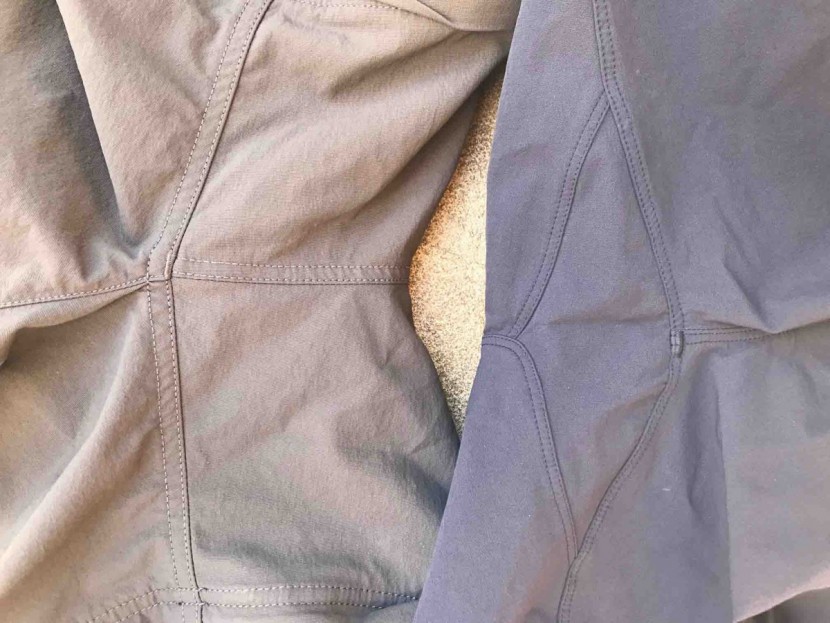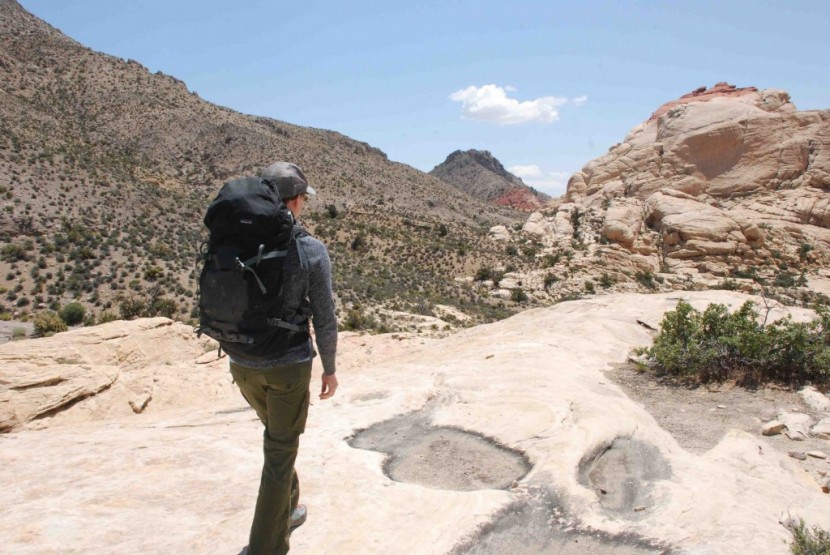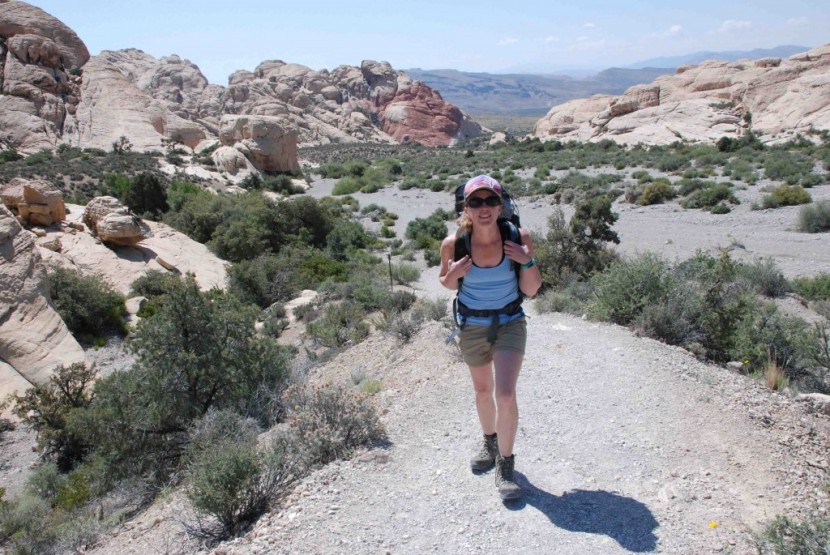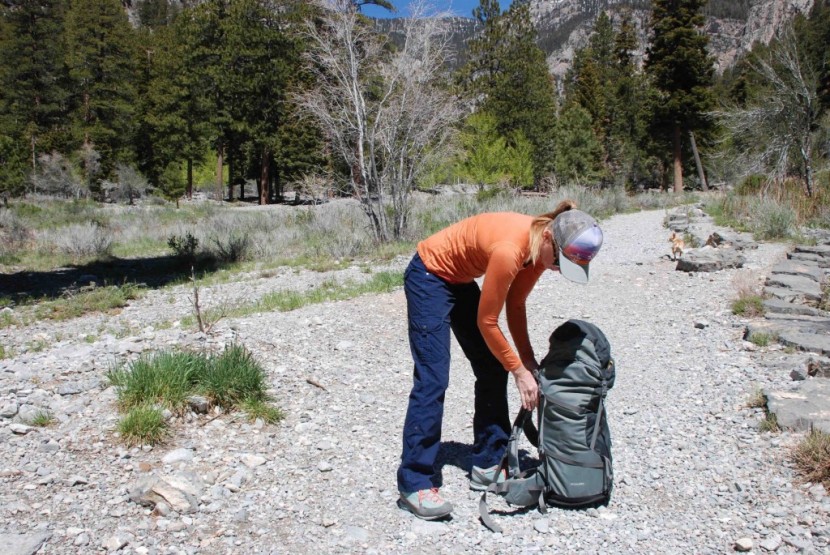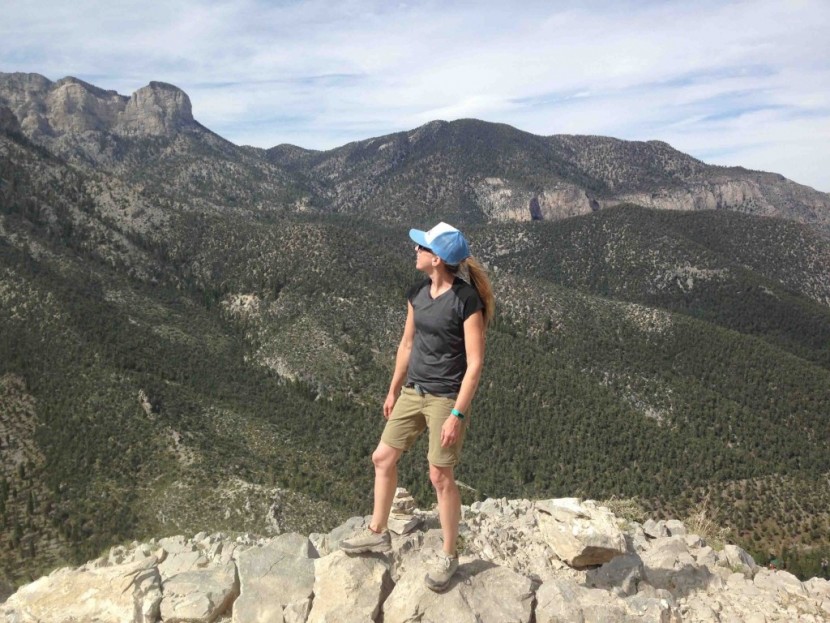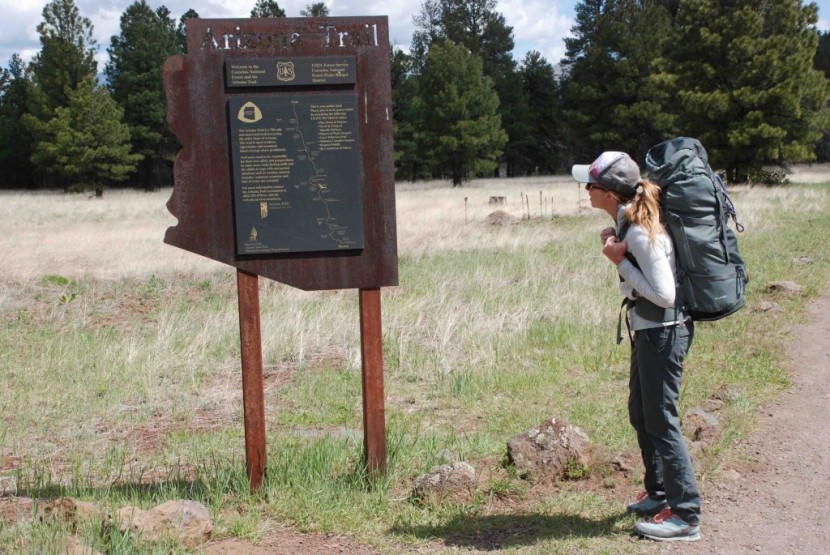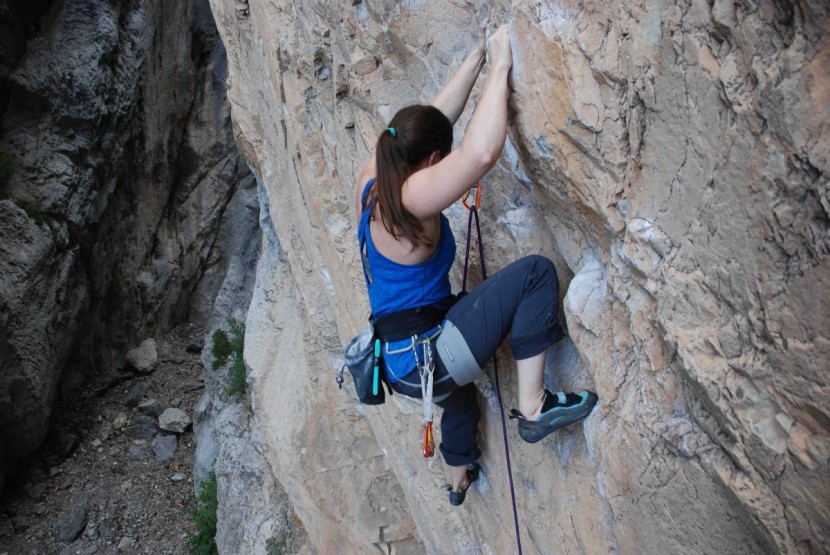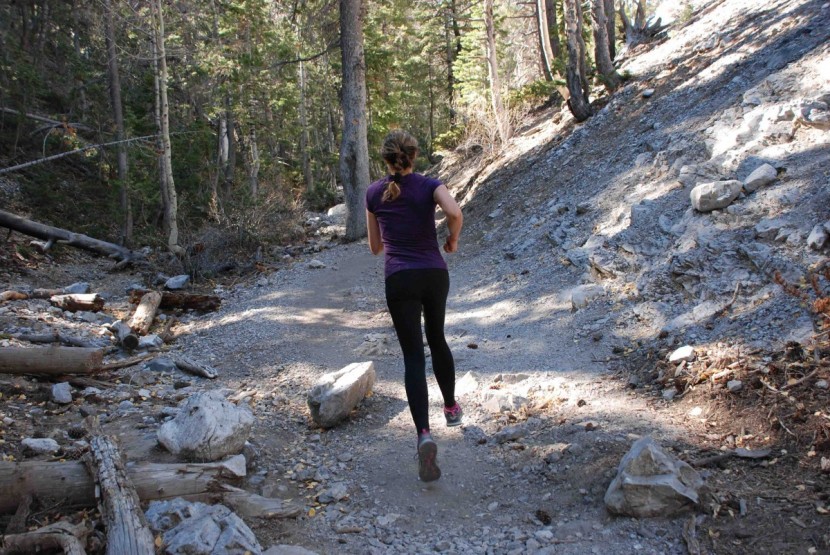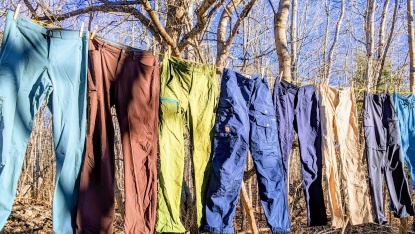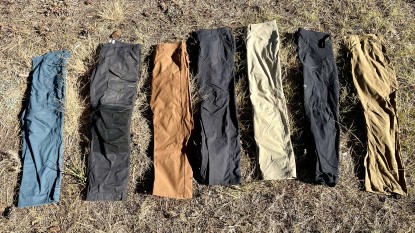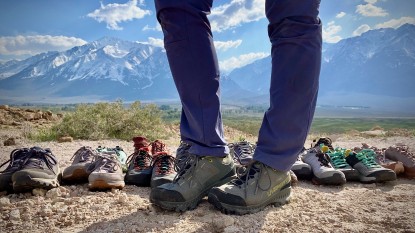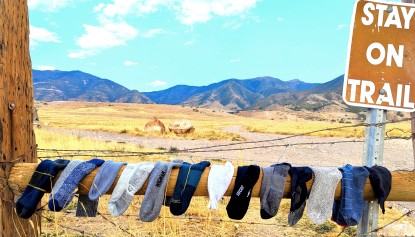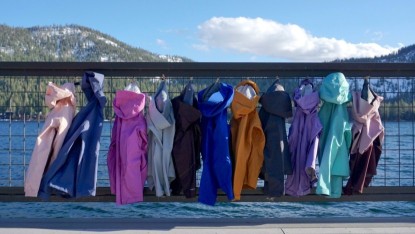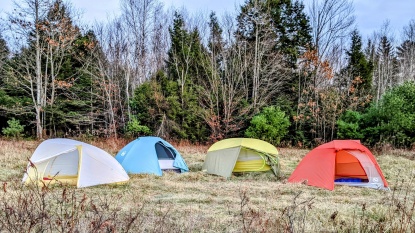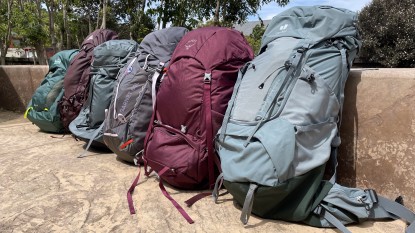Each hiking trip is a little different. Between that and variable weather, it can be hard to know which pair of hiking pants is the best for you. Is the pair that you wear on a day hike in hot weather the same one you want for a long haul on the Pacific Crest or Appalachian Trail? And are convertible models better than plain old pants? We don't suffer from a lack of options in this category. We'll answer these questions and more in this article by putting our many years of experience to the page.
We'll start by explaining the different types of hiking pants available and how to size and fit them correctly. Then, we'll highlight various features, such as materials or water resistance, which you'll want to consider when purchasing your next pair.
Types of Hiking Pants
There are four main hiking pant styles — traditional pants, roll-up pants that morph into a crop or Capri length, and pants with removable legs that convert into shorts. Of course, there are many other options, like actual capris, shorts, skorts, and skirts. For the sake of this review, we focus on these four technical designs and their best uses.
Standard Pants
Standard hiking pants are straightforward, without dedicated design features to adjust their length. While you can roll them up to increase airflow, they may unroll easily and require frequent adjustments. Standard pants often have a more versatile style, allowing you to go from work to play to dinner, but they are less versatile in variable weather conditions. For that reason, if you take these into the backcountry, you may want to pack a separate pair of shorts.
These pants might offer fewer features but are a simple, lightweight approach since they forgo the extra buttons and zippers found on convertible versions. For those hikers who want full sun protection, enjoy mostly casual day hikes, and plan to travel in cool weather or where ticks or leeches reign, these are a great option.
Roll-Up Pants
Roll-up pants allow you to strap your pant leg in a cuffed position, freeing your ankles. This feature adds a surprising amount of ventilation to your legs and feet. While you don't need straps to roll your pants up, they do help hold them in position. This is especially true if the material is soft and slick, which is common among technical hiking pants.
Most roll-up pants have tabs on the inside and buttons or snaps on the outside. When you roll the pants, you expose the tabs and then secure them in place. While having loose fabric floating around inside your pant leg sounds annoying, we hardly ever notice them.
Zip-off Convertible Pants
Zip-off pants are versatile, switching between pants and shorts depending on the weather. A zipper rings the thigh or lower leg of these pants, allowing you to remove the lower portion. Many hikers prefer the versatility of wearing layers with multiple functions. Multi-use clothing simplifies the layers that you need to pack and is adaptable to changing conditions.
On the other hand, multi-use clothing can compromise optimal function in favor of versatility. For example, depending on zipper placement, these pants can chafe your legs. The length of the shorts can also be awkward, and the look isn't all that desirable for some.
The Great Zip-Off Debate
Zip-off pants have a distinct look and feel. For every hiker that swears by them, you'll find others who will never wear them. Here are some things to consider when deciding if zip-off pants are right for you.
While zip-off pants offer a lot of versatility, consider when you'll want to convert these hiking pants to shorts and how often that will happen. For example, you'll encounter a variety of situations on a long day hike or a backpacking trip. However, a two-hour walk with little weather or elevation change will not demand much flexibility.
If you're tempted to go with zip-offs so you can take just one pair of pants on a backpacking adventure, but you get wet in a rainstorm or a river, you're out of luck. Another option is to pack a pair of standard or roll-up pants and a lightweight pair of baggy shorts. This is also a great setup if you wear bulky hiking boots. It's rare for one of the zip-off options to fit over a pair of hiking boots.
We had to stop, take our boots off, unzip the legs, and then put our boots back on. At that point, it's easier to just pull the pants off and pull on a pair of shorts. Dedicated shorts are also more comfortable than those with zippers in their hems.
Hiking pants often have flattering cuts and tapered legs to follow fashion trends. This is great for style points but can have downsides, especially in zip-off versions. It's uncomfortable to feel a bulky zipper rubbing against your leg with each step you take because of a closer cut. It can also limit your mobility. The zipper wraps around the pant leg somewhere between the thigh and the calf, keeping it from flexing to move with you at that location. That restriction can make the pants and shorts feel tight around our legs while walking and sitting down.
Long story “short,” if the pant fits, wear it, but don't feel like you have to wear a convertible pair in the mountains. There are many other options out there. We find, in most instances, a pair of roll-up pants offers nearly as much ventilation as zip-off options (since air flows up the pant legs as well as across your ankles) while maintaining more sun protection and comfort.
Sizing and Fit
Your pants should be comfortable, unrestrictive, and allow for a full range of motion. Get weird when trying on hiking pants. Kick, take high steps, stretch, jump — do anything to push your body to make sure the pants move with you. Stretch and mobility are important. You do not want your clothing to limit you.
Your gear should enhance your experience. The proper size and fit will keep you happy and comfortable on your hike. We recommend erring on the side of “too loose” rather than “too tight.” If a pair of pants pinch or restrict you in any way, it will only get worse by the mile. Looser pants also leave you the option to wear a base layer underneath on chilly mornings and evenings.
Whether you choose a pair with wide legs or tapered ones is up to you, but if they are close-cut, make sure they have articulated knees to help with mobility. Also, check to see if you can roll them up at all, which makes a big difference in temperature moderation.
Finding the right rise is also essential. Whether you prefer low, mid, or high-waisted pants the rest of the time, when it comes to hiking pants, there is a sweet spot in the middle. If your hiking pants ride too low, your backpack's hip belt might push them down. Too high, and the extra material can bunch up under the waistband, causing pressure spots and leaving you uncomfortable or in pain. With a mid-rise pant that sits at the hips, there is some overlap between the hip belt and pant waist, which helps keep them in place should avoid too much friction on your hipbones.
The pant's inseam length is another critical aspect of sizing and fit. Pants that drag on the ground will eventually drag your enjoyment level down, too. They will also rip more easily. Those that are too short won't provide the coverage you need from sun, rain, or ticks. Luckily, most manufacturers offer a range of inseam lengths these days. If you are taller or shorter than average (most pants fit women between 5'4 and 5'6 inches tall), look for models that come in tall or short inseam lengths.
Be careful, though, as some “petite” and “tall” versions just cut off or add to the bottom portion of the pants without adjusting key placements like knee articulation for shorter or longer legs. Check comment sections to see if that is an issue for the pair that interests you.
Features to Consider
With so many design features available on hiking pants today, it's hard to know which ones are helpful and which ones are just hype. Here, we run through the most common add-ons on the market, including abrasion and water resistance, drawstrings, and construction details like articulated knees and gusseted crotches.
Abrasion and Tear Resistance
While tents and backpacks have used “ripstop” Nylon for years, those materials are just finding their way into the apparel market. No one wants to hike in “parachute pants,” but the latest fabrics are weaving abrasion and tear-resistant strength into comfortable material. Abrasion-resistant fabrics resist wear and pilling caused by surface friction. And tear-resistant pants laugh off briars and rough terrain.
These perks often come at a higher price point. If you hike in locales with lots of spiky plants or find yourself butt-scootching on rock and dirt more often than not, it probably makes sense to pay more for pants that will survive your adventures. If you're mostly walking on wide-open trails, you might not need it.
Water Resistance
We don't need to buy water-resistant T-shirts or sweaters, because we have rain jackets. We also have rain pants, but they're a hassle to pull on, and we rarely wear them if it's just drizzling. Water-resistant hiking pants are great for those drizzly days, quick rain showers, or splashy water sports like canoeing or standup paddleboarding. Many hiking pants feature a durable water-repellent (DWR) fabric coating, which helps water bead up and roll off the pants without wetting them.
Not all DWR is created equal. Some pants have a very effective DWR treatment, while others are less so. And a DWR finish does not mean that a garment is waterproof. All of the hiking pants we tested wet out eventually. For waterproof, you'll need true rainpants.
Related: The Best Rain Pants for Women
Internal Drawstrings
If you're hiking with a pack that has a hip belt, then finding hiking pants with an internal drawstring is key. Many of the pants we tested tend to stretch out during the day (some far more than others), and the pressure of a hip belt or backpack can push your pants down. The drawstring keeps your pants in the right position without a thick belt, which is more to carry and is wildly uncomfortable under a hip belt.
Drawstrings are also great for long-distance hikes or extended international travel. Both situations disrupt normal eating and exercising schedules, making it more likely that your weight will fluctuate.
Articulated Knees
A full range of motion is key to comfort on a hike, and articulated knees can help you achieve it, particularly if the hiking pant material is not very stretchy. This feature is a must-have for rock climbing pants and very helpful in hiking pants if you're heading up steep trails or high-stepping over roots and rocks. Look for seams or what might appear to be the fabric bunching around the knees. This will make your high steps easier.
Gusseted Crotch
A crotch gusset is a triangle or diamond-shaped insert in the crotch of the pants. This detail alleviates the pressure caused by four seams coming together at one point, increasing your range of motion and comfort.
Sun Protection
All clothing offers some degree of protection from the sun's rays, but the amount of shade offered by different fabrics varies greatly. A white cotton shirt lets around 20% of ultraviolet radiation pass through it, meaning that you can get a sunburn with clothes on. Many manufacturers now use fabric with an ultraviolet protection factor (UPF) rating, which offers more protection from harmful radiation. A UPF 25 material lets only 1/25th, or 4%, of radiation through. A UPF 50 material only allows 1/50th, or 2%, to pass through. The higher the UPF rating, the better sun protection offered by the clothing layers.
Whether or not this is necessary depends on a few factors, including your environment and risk factors. If you plan to hike at elevation, by the water, or over snow (where UV radiation reflects at you), then UPF-rated clothing makes sense. Those with fair skin or who burn easily should also wear it. It's a good choice for anyone who wants to limit their exposure to damaging rays.
It's also a good option for thru-hikers who don't have ready access to a shower. Layers of sunscreen build up and clog your skin over time, and you can start to feel pretty scuzzy. A UPF-rated long-sleeved shirt and hiking pants can help limit the amount of sunscreen you need to apply (and carry). Many of the models that we tested had a rating of 50 or 50+.
Destination & Primary Use
To find your perfect pair of pants, you also need to consider where and how you'll be hiking. Here's some food for thought.
Hot or Dry Conditions
- Desert Hiking, Low Elevation Summer Hiking
Cool Conditions
- High Elevation (above 6,000 feet in most regions), Spring and Fall
Temperate Climate, Weekend Backpacking
For mid-range elevations, weekend trips, and other adventures where you're unlikely to encounter extreme conditions, comfort is key. Focus on features like a great fit and pockets that carry your phone and essentials. We often find roll-up models versatile enough to easily cross a stream or add some ventilation on a hot day. The lack of a mid-leg zipper also makes them much more comfortable for your average hike.
Long Distance Hiking/Backpacking
Are you heading out on the Pacific Crest Trail, Appalachian Trail, or Long Trail for months at a time? Then it's essential to have a pair of pants (or two) versatile enough for everything the natural environment can throw your way. You need a pant that can wash quickly in creeks, dry overnight, wade streams, layer up for cold weather, and slim down for summer heat.
Additionally, they should be comfortable enough for the long haul. You'll want an adjustable waistband since your weight will likely fluctuate, and pants tend to stretch after multiple days of wear. Convertible hiking pants that zip off to shorts can be good options for long-distance hiking since they allow for various uses in one piece of gear, though they can be less comfortable. A lightweight roll-up style is also a great option, especially if you're worried about losing one of the zip-off legs. Roll-up styles are often very comfortable as well.
Climbing
Climbing pants are a whole 'nother category, though many people hike and climb in the same pants. If you want a pair of pants that can pull double duty, make sure they don't restrict your movements and that they breathe well. Consider where the pockets are placed on the legs so they won't interfere with your harness. It's also nice to be able to roll up the legs so you can see your foot placements more clearly.
Fastpacking and Trail Running
If you're breaking into the increasingly popular sport of fastpacking, or looking to try running your trails instead of hiking them, you don't want traditional hiking pants. Tights are probably a better option. Loose material can start to chafe when running, and the extra support from a pair of tights can feel nice when moving fast over rough terrain.
Conclusion
Choosing the perfect pair of hiking pants can feel daunting. We hope that we've helped you think through the decision-making process to decide which factors are most important to you.

